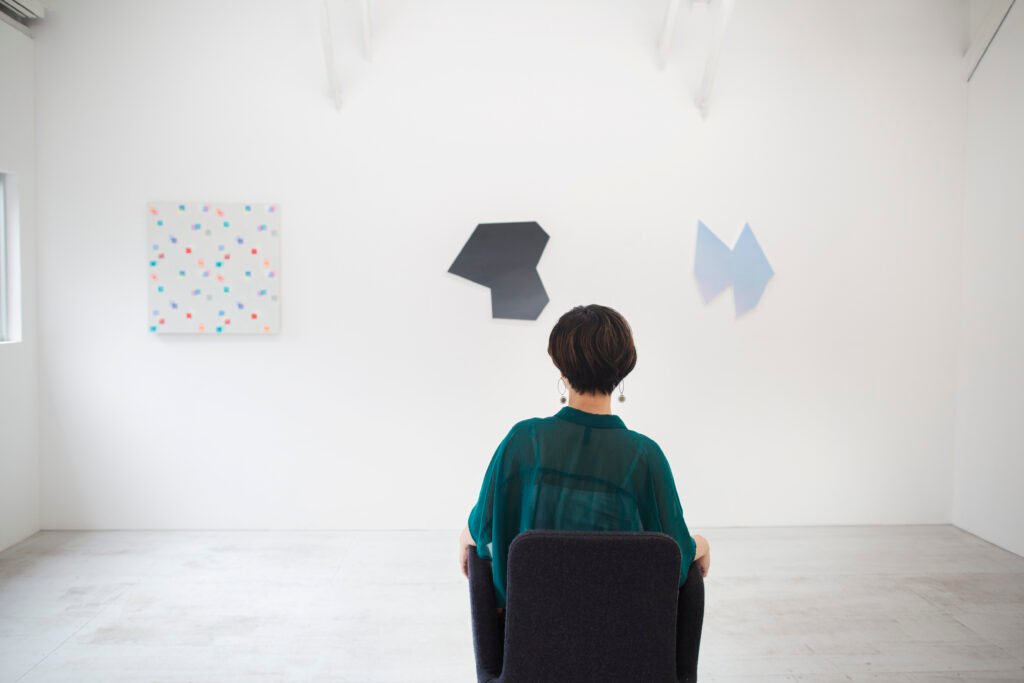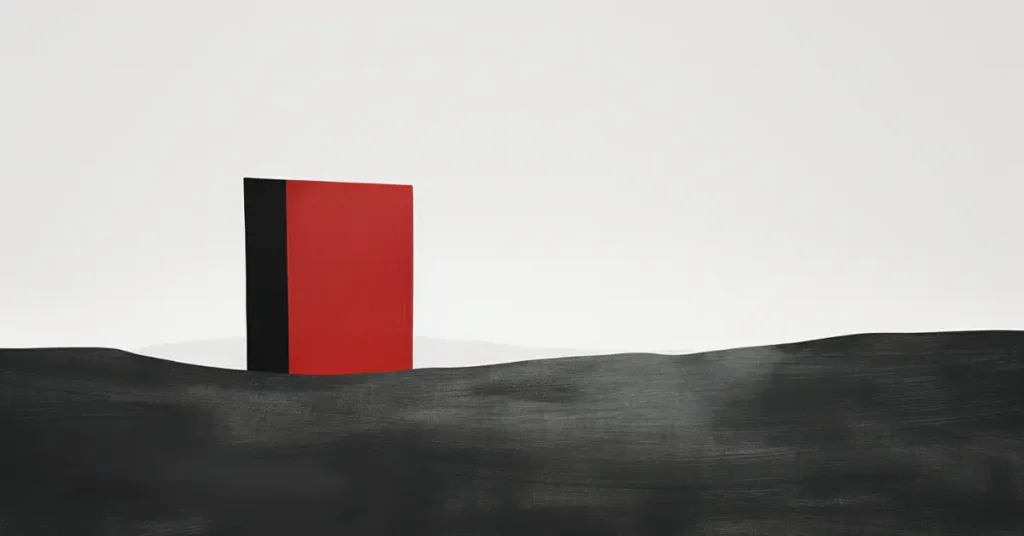We live surrounded by noise — visual, auditory, and informational. Amid this overload, contemporary minimalism offers an aesthetic and philosophical breath. Rooted in 20th-century artistic movements, today’s minimalism transcends galleries and extends into architecture, design, fashion, and lifestyle. It focuses on the essential, pure form, and the active use of emptiness, proposing a new way to see and exist.
More than just a lack of ornamentation, current minimalism invites mindful attention. It reorganizes perception, creates contemplative spaces, and encourages us to live with less — but more intentionally. By exploring visual silence and the value of space, contemporary minimalism engages with urgent themes such as sustainability, mental health, and presence.
Visual Silence: When Less Becomes More
In art, visual silence is powerful. Rather than passive emptiness, blank spaces in minimalist works are loaded with intention. They allow the eye to rest, the work to breathe, and the viewer to complete the unsaid with their own perspective. As John Pawson wrote in Minimum (1996), “minimum is not about absence, but the presence of the essential.”
Agnes Martin and Donald Judd are essential references. Martin pursued spiritual transcendence through subtle lines and tonal shifts. As she stated, “beauty is the mystery of life. It is not in the eyes, it is in the mind.” Judd used industrial geometric forms to emphasize materiality, avoiding representation and symbolism.
This aesthetic extends into other disciplines. Japanese architecture, especially in the work of Tadao Ando, employs visual silence structurally. Light, shadow, and texture replace decoration. In graphic and digital design, the concept of “negative space” is now fundamental to clarity and functionality.
Space and Perception: The Invisible as Element
Contemporary minimalism also redefines space in art. Instead of serving as background, space becomes a central character. Richard Serra’s sculptures, for example, create steel labyrinths where visitors physically engage with the work. The space shapes the experience.

This perspective echoes Eastern philosophy, particularly Zen Buddhism. The idea that emptiness contains potential is core to this tradition. In Zen and the Art of Motorcycle Maintenance (1974), Robert M. Pirsig reflects on achieving essence through elimination — an idea aligned with visual minimalism.
Museums like Dia Beacon in the U.S. are built around this philosophy. There, minimalist works are displayed with natural light and open space, encouraging slow, embodied interaction.
Contemporary Minimalism as Critique and Conscious Choice
Originally a rupture with Abstract Expressionism, minimalism today becomes a critique of consumerism. Contemporary minimalism asks: do we need everything we accumulate? Do we need so many images, objects, and information?
The answer lies in conscious consumption. By eliminating excess, minimalist art highlights what matters. Each element has purpose. This approach connects with sustainability, emotional well-being, and ethical design. The MoMA in New York often showcases such works. Malevich’s White on White, a minimalist precursor, still challenges us to rethink art through absence.
To adopt minimalism is also a political act. In a world of endless stimulation, the choice to simplify becomes resistance. As Ludwig Mies van der Rohe said, “less is more.”
A Path Toward the Essential
Contemporary minimalism is not about empty walls or geometric forms alone. It’s a journey toward clarity, perception, and intentionality. In a world shouting for attention, minimalist art whispers — and in that whisper, we find room to breathe, think, and live more fully.
Minimalism teaches us that what matters most is not always seen — but felt. In choosing to observe more and own less, we may finally begin to understand the meaning behind true presence.



